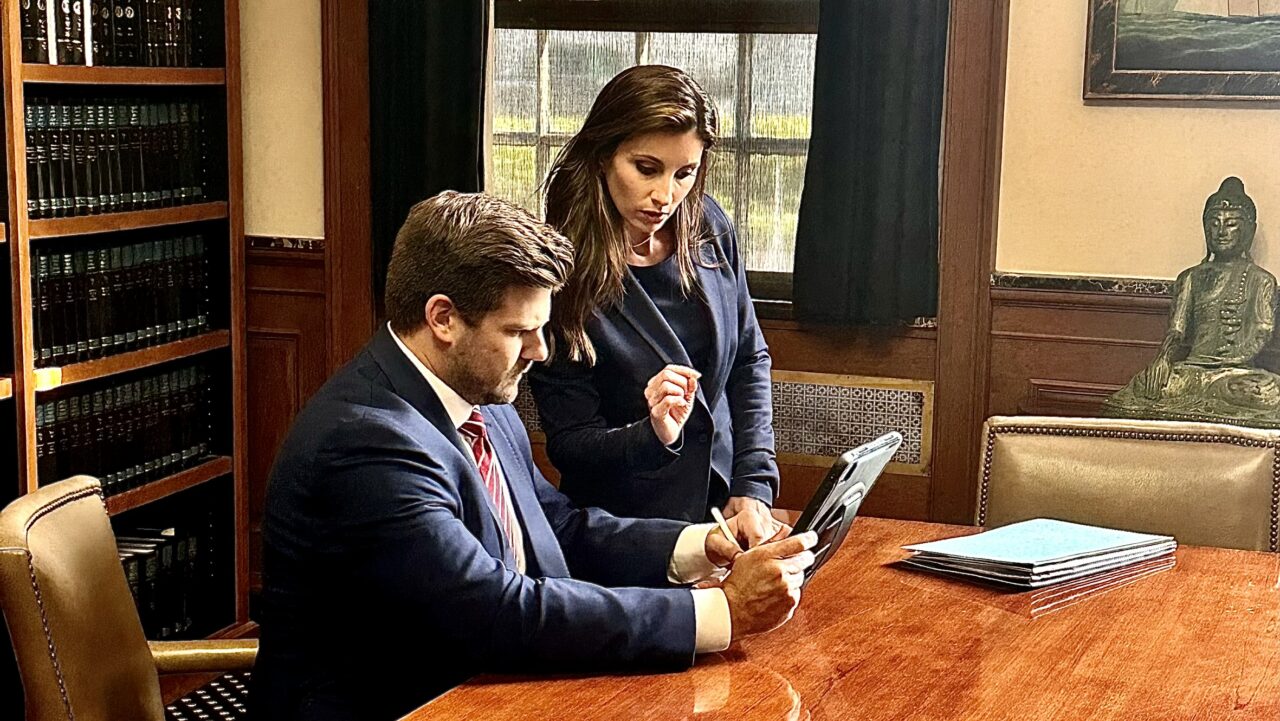After a lawsuit is filed, a personal injury attorney will establish the facts of an accident through the process of discovery, which can include requests for documents, written questions, depositions, and expert analysis of the accident. The defendants will have an equal opportunity to conduct discovery. Either the plaintiff or the defendant may file a motion for summary judgment when the discovery process elicits facts that cannot be reasonably disputed by the other party.
These lawsuits will determine which party caused an accident and the amount of damages that an injured party has incurred. A personal injury lawyer can file a summary judgment motion just on liability, leaving the issue of damages open for later resolution. However, no two accident cases are alike, and a knowledgeable and experienced attorney will analyze the facts to determine whether and to what extent it can be resolved by summary judgment
When the facts of a personal injury lawsuit are clear and indisputable, a lawyer may file a written summary judgment motion with the court, which includes legal arguments and exhibits to demonstrate why the case should be resolved in this manner. The opposing party will then have an opportunity to file a written response. The parties or the judge who is handling the case might schedule a hearing and allow the parties’ lawyers to make oral arguments about the motion.
The judge will then issue a decision as to whether summary judgment is appropriate. If the judge determines that material facts regarding the case are open to dispute, they will deny the motion, and a jury will later determine the facts following a trial.

































































